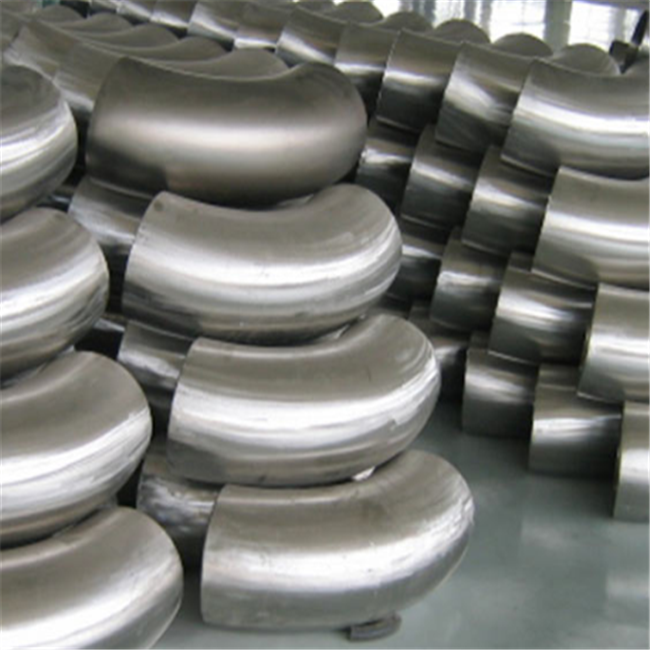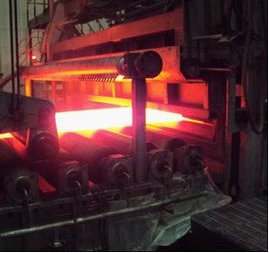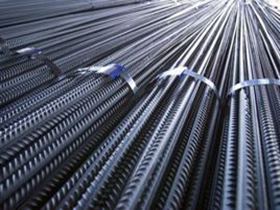LSAW (longitudinal double submerge are Welding) Carbon steel Pipe is a type of SAW pipe made of steel plates that were hot rolled by
JCOE or UOE forming technology. JCOE technology represents the shaping and forming processes invoived during manufacturing as
well as the inner and outer welding and cold expansion carried out after welding.
The LSAW targe diameter steel pipe manufacturing process is explained in the steps below:
1. Plate Probe: This is used for manufacturing the large diameter LSAW joints right right after it enters the production line which is the initial
full- board Ultrasonic testing.
2. Milling: The machine used for milling does this operation through two-edged milling plate to meet the requirements of the plate width and
the sides parallel to the shape and degree.
3. Pre-curved side: This side achived by using a pre-bending machine on the pre-bending plate edge. The plate rdge needs to meet
curvature requirement.
4. Forming: After the pre-bending step, in the first half of the JCO molding machine, after stampted steel, it is pressed into a “J” shape
while the on the other half of the same steel plate it is bent and pressed into a “C” shape, then the final opening forms an “O” shape.
5. Pre-welding; This is to make a welded pipe steel a straight seam after it has been formed and then use gas welding seam(MAG) for
continuous welding.
6. Inside welding: This is done with a tandem multi-wire submerged arc welding (about four wire) on the inner part of the straight seam
Welded steel pipe
7. Outside weld: Outside weld is the tandem multi-wire submerged arc welding on the outer part of the LSAW steel pipe welding.
8. Ultrasonic Testing: Outside and inside of the straight seam welding steel pipe and both sides of the base Material are welded with
100% inspection.
9. X-ray inspection: X-ray industrial TV inspection is carried out on the inside and outside using image processing systermto make sure
there is detection sensitivity.
10. Expansion: This is for accomplishing submerged arc welding and straight seam steel pipe Length hole diameter so as to improve the
Steel tube‘s size precision and improve the distribution of stress in the steel pipe.
11. Hydraulic test: This is carried out on the hydraulic test machine for steel after expanding by-root test for ensuring the steel pipe meets
the standard requirements with the machine having an automatic recording and storage capabilities.
12. Chamfering: This involves the inspectipn carried out on the steel pipeat the end of the whole process.


